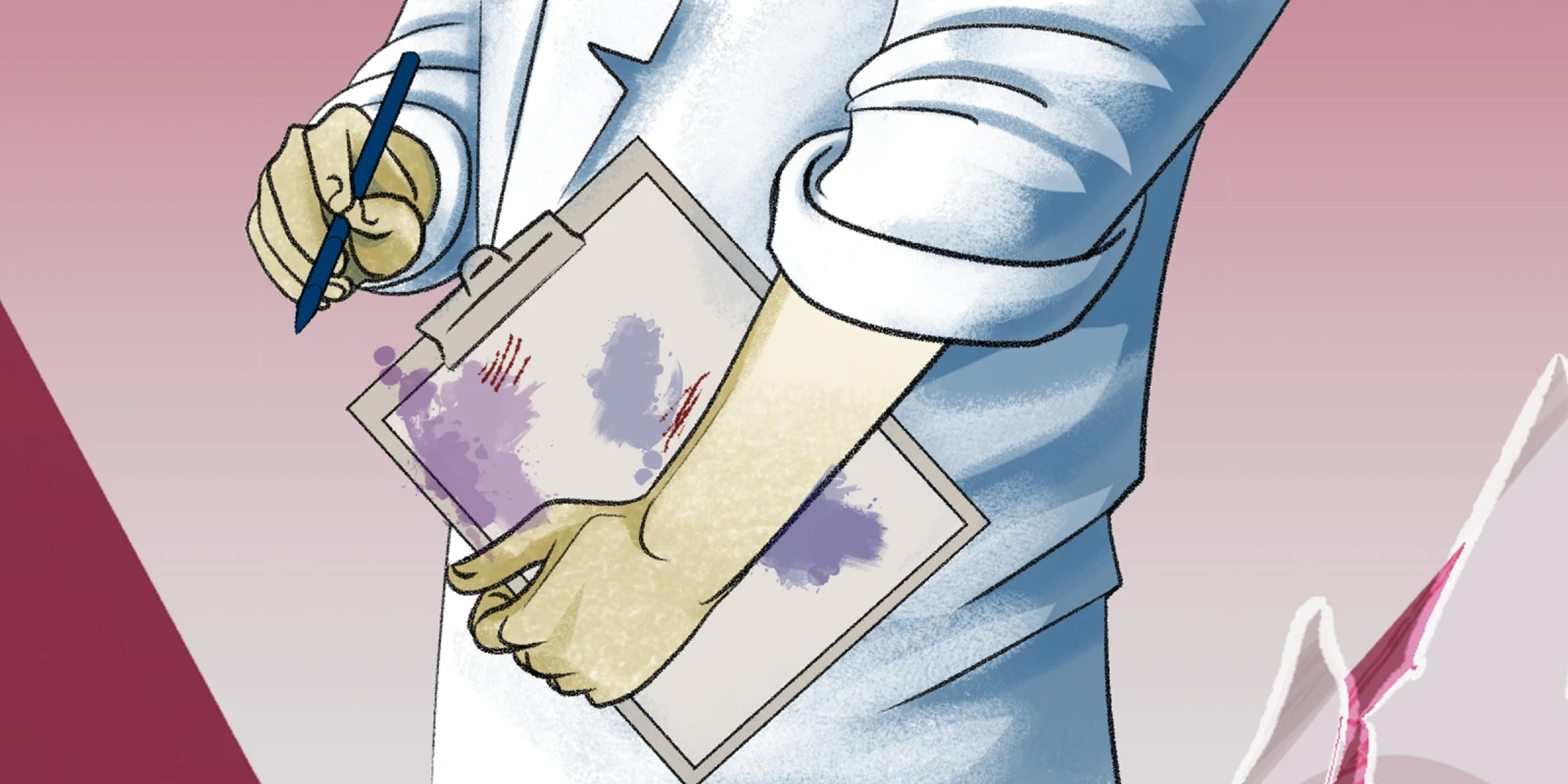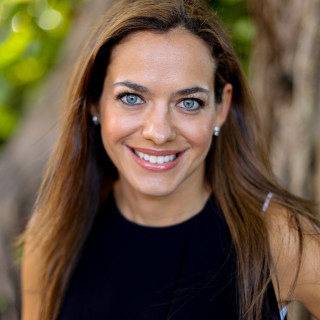Physical scars are so much easier to detect. When you see the results of physical domestic violence, you can see the blood, the bruise, the broken bones. Those are obvious.
When you have seen a dog that has been physically abused and try to approach to help get him in the car to take to the vet, he does not greet you wagging his tail; instead, he growls and bites. He is protecting himself from possible repeat abuse. He does not know if you are another abuser or a friend.
The same thing happens to people with physical or sexual abuse. I remember shortly after I finished training, I saw a patient in her late teens. She had come to see me for genital warts. She explained when they started, what evaluations she had previously had, and we started the exam. Female genital exams can be very unnatural and awkward. The patient lays down and there is a paper covering between them and you, the physician, who is out of view below. It is as if this is a mysterious place we must hide from.
I got her ready in position, examined her, and to my surprise, found that this was not the case of one or two genital warts. The entire genital area, inner and outer labia, perineum, and perirectal area were filled with warts. There were literally hundreds. When I saw that, my stomach dropped, my muscles tensed. My eyes filled with tears — something terrible had happened. I told her I would fix and remove the warts, but I wanted her to get dressed and be comfortable because we needed to talk.
She had been a virgin to penetrative sex, but went to a party and was gang raped by many men. She was ashamed and had so much guilt from cultural expectations around virginity as a Colombian that she blamed herself for drinking that day. Even years later; writing this, I get the same gut reaction thinking of the exam. Her scars are also my scars now. I could never comprehend the trauma she had to live through, but the emotional pain in the exam room was overwhelming, even without a word being said.
I did “fix” the warts. She had a complex reconstruction and excision, and though the before and after pictures were incredible, this was just the beginning. Though I had the ability to remove the physical scars so that she did not have to see and feel the physical reminders of her trauma, her emotional healing — which would be much longer and difficult — had not started.
She sought me, one of a small percentage of female Latin urologists, hoping I could have compassion and be more familiar to her during what was most likely a flooding of PTSD. She was hoping I could carry her with compassion and understanding.
After I saw her, I realized I could have quit medicine that day and be fulfilled. Any previously unneeded belief I had held as a urologist that preferred to treat male patients was worth every minute of my “supposed” discomfort in seeing a large number of female patients, previously or in the future, because this interaction was so powerful. And although I could have quit medicine that day and been fulfilled, I decided that maybe in the future another person could find the same thing with me that this patient had been seeking.
Her physical scars were so obvious. They were visible. But the emotional ones lurking beneath the surface were there with equal force. Emotional scars can be so profound that people may feel undeserving of love, of compassion. With her, I learned that being a woman urologist did not have to be something to dread — it was my superpower for women who really needed healing as they had been dismissed by others or were struggling to be heard. We all need to be heard.
What has been your experience with providing trauma-sensitive care? Share your approaches in the comments.
Diana Londoño, MD is one of the 10% of urologists in the U.S. that are women and 0.5% that are women and Latinx. She can be reached at www.dianalondonomd.com where she writes a blog on topics she is passionate about, or follow her on Twitter @DianaLondonoMD.
All names and identifying information have been modified to protect patient privacy.
Illustration by April Brust







